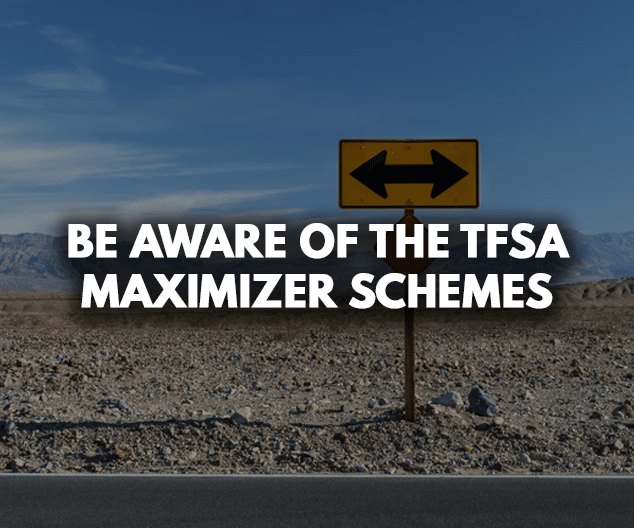I was lucky enough to golf with a couple of friends and clients yesterday at a local golf course located in a residential neighborhood.

We often had to cross local streets to get from one hole to the next.
At one of the intersections, I ran into a kid selling used golf balls to “fund his college education”.
While I was a bit amused by what he was doing, I moved on quickly.
Then I realized how much courage and planning this kid had to put in there to setup a stand selling used golf balls.
As a mom, and a fellow entrepreneur, I can’t tell you how much I appreciate what he does. 😊
I quickly stopped my cart at the next hole, ran back, gave him $15 to buy 3 bags of golf balls.
I want to share with my kids this story so they can also be inspired to put themselves out there.
They don’t need to be business owners, but I hope that they can be brave enough to try different things, things that they like, things that they fear. Be open minded, not afraid of failure.
I want to support and encourage the creativity.
Unfortunately, not all ideas are legitimate.
A client recently informed us about his intention to implement the TFSA maximizer strategy.
While we are all for minimizing taxes and maximizing tax free investment, not all tax strategies out there are born equal.
Some are a legitimate arrangement.
Some are not and CRA is aware of it.
Turns out that CRA is also aware of the TFSA maximizer scheme.
Promoters of the TFSA maximizer scheme generally claim that they can help their clients transfer money from their RRSP account to TFSA account without paying taxes and without regard to the annual TFSA contribution limit.
When I first read about the scheme on the CRA website, I thought it was a brilliant way to transfer money out of your RRSP into TFSA. I’ll share with you how it works based on what I learned from CRA’s website.
Typically, the promoter of the scheme promotes and operates a special purpose mortgage investment company (MIC) that invests in mortgage loans.
The MIC has two different classes of shares. One class of shares pays high yield of dividends while the other pays very low rate.
The taxpayer buys high rate shares using his/her TFSA money and low rate shares using his/her RRSP money.
MIC lends the share proceeds back to the taxpayer in the form of mortgage bearing interest at rates corresponding to the dividend rates of the two classes of MIC shares. The loan is secured by the taxpayer’s primary residence.
The loan is then being used by the taxpayer to invest with the promoter to earn taxable investment income.
If you’ve been on this blog long enough, you would have known that interest is deductible if you are borrowing to earn investment income.
The taxpayer gets a deduction in his tax return.
The taxpayer then withdraws money from their RRSP to offset against the interest deduction.
In a few years the entire RRSP balance is “shifted” to the TFSA and the money earned in TFSA is not subject to the annual TFSA contribution limit.
Brilliant! 😊
But…
CRA discovers this scheme, and they think that it is unreasonable that the TFSA can earn higher dividend than RRSP.
They also think that the interest earned by the MIC, which then gets distributed as dividend to the MIC’s shareholders, is unreasonable commercially.
The high interest rate paid for by the taxpayer on the mortgage and the high dividend that the TFSA receives are unreasonable.
The taxpayers who participate in these schemes are borrowing against themselves.
The increase in value of the TFSA would be considered an advantage subject to 100% advantage tax.
This can be equivalent to the fair market value of the benefit received by the TFSA – essentially the entire high rate dividend paid to the TFSA account.
Boo!
If you are planning to participate in any of these schemes, be aware of them. Make sure you stay on the right side of CRA.
Until next time, happy Canadian Real Estate Investing.
Cherry Chan, CPA, CA
Your Real Estate Accountant





